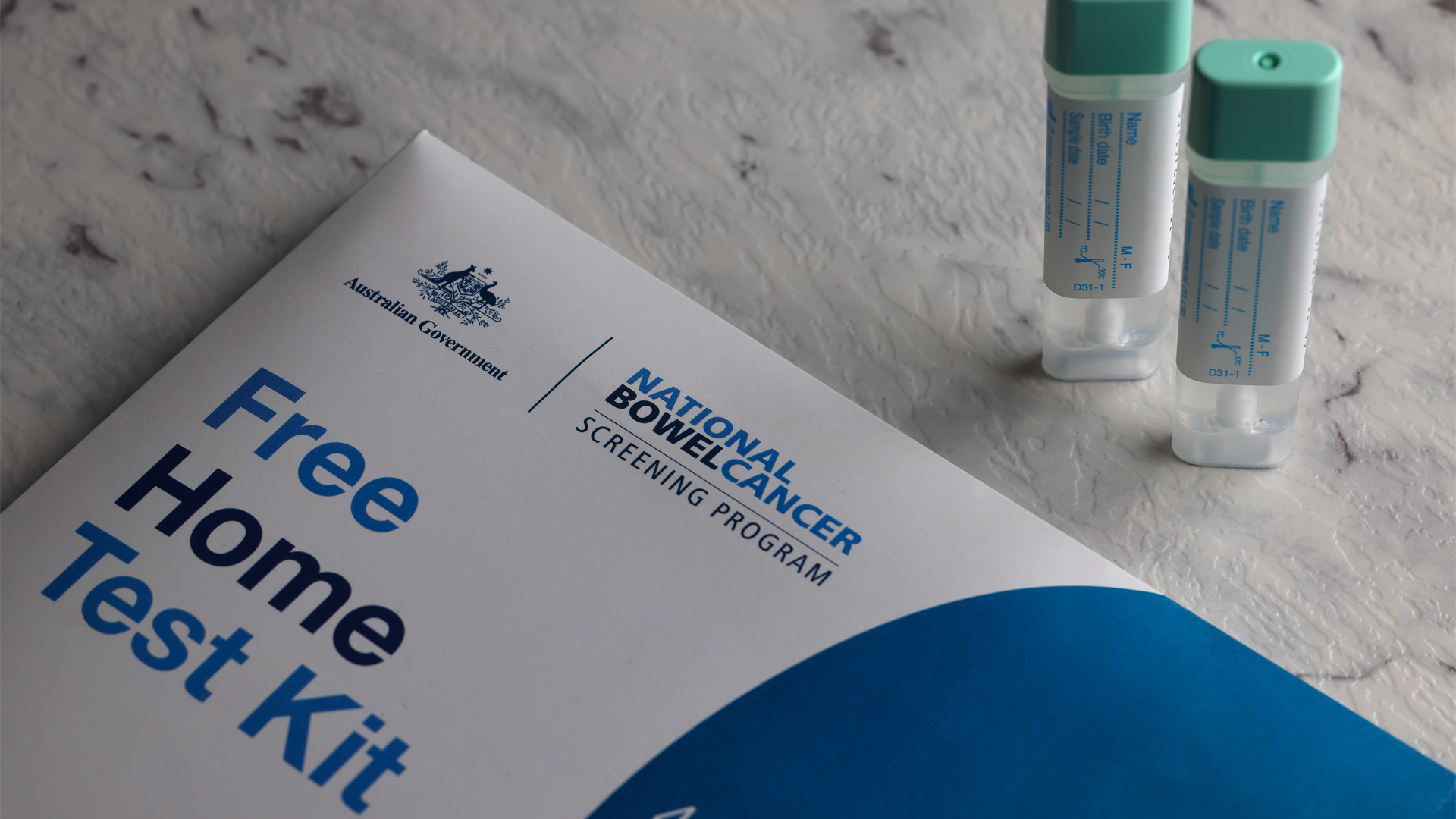All Categories


Researchers from the University of Sydney have uncovered intriguing findings that suggest the timing of physical activity may play a crucial role in enhancing health outcomes for individuals with obesity. According to the study, conducted over nearly eight years and involving 30,000 participants, engaging in aerobic moderate to vigorous physical activity (MVPA) during the evening hours—specifically between 6pm and midnight—correlated with the lowest risk of premature death and death from cardiovascular disease.
This large-scale observational study, published in the journal Diabetes Care, leverages data from the UK Biobank, focusing on adults over 40 with obesity. By utilizing wearable devices to measure physical activity, researchers were able to categorize when participants were most active during the day. The findings indicate that the frequency of MVPA in the evening, rather than the total daily activity, holds more significance in reducing health risks.
For health coaches, these results suggest that advising clients on not only the quantity but the timing of physical activity could be crucial, especially for those managing obesity and related conditions like Type 2 diabetes. This insight provides an opportunity for health coaches to tailor exercise plans that align with the natural rhythms and routines of their clients, potentially increasing the effectiveness of physical activity as a tool for health improvement.
Dr. Angelo Sabag, a lecturer in exercise physiology at the University of Sydney, emphasizes that while exercise alone is not a solution to obesity, strategic timing can significantly enhance its benefits. The study supports previous smaller trials that hinted at the advantages of evening physical activity for glucose control and cardiovascular risk reduction.
Health coaches can use these findings to support clients in overcoming barriers to exercise by focusing on more accessible and enjoyable evening activities. Whether it’s structured exercises like running or everyday actions like vigorous house cleaning, the key is consistent aerobic activity sustained for periods longer than three minutes.
As the field of wearable technology continues to evolve, it offers health coaches detailed insights into client habits and health changes over time. This data-driven approach enables more personalized and precise recommendations, helping clients achieve their health goals more effectively.
Overall, while further research is needed to establish causal relationships, the current study lays the groundwork for incorporating exercise timing into broader obesity and diabetes management strategies. For health coaches, this means an enhanced toolkit for guiding clients toward healthier lifestyles, potentially increasing the long-term success of their interventions.
Powering the Business of Health, Fitness, and Wellness Coaching

By Elisa Edelstein

By Elisa Edelstein

By Pete McCall

By Robert James Rivera

By Robert James Rivera

By Elisa Edelstein

Powering the Business of Health, Fitness, and Wellness Coaching
